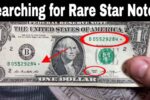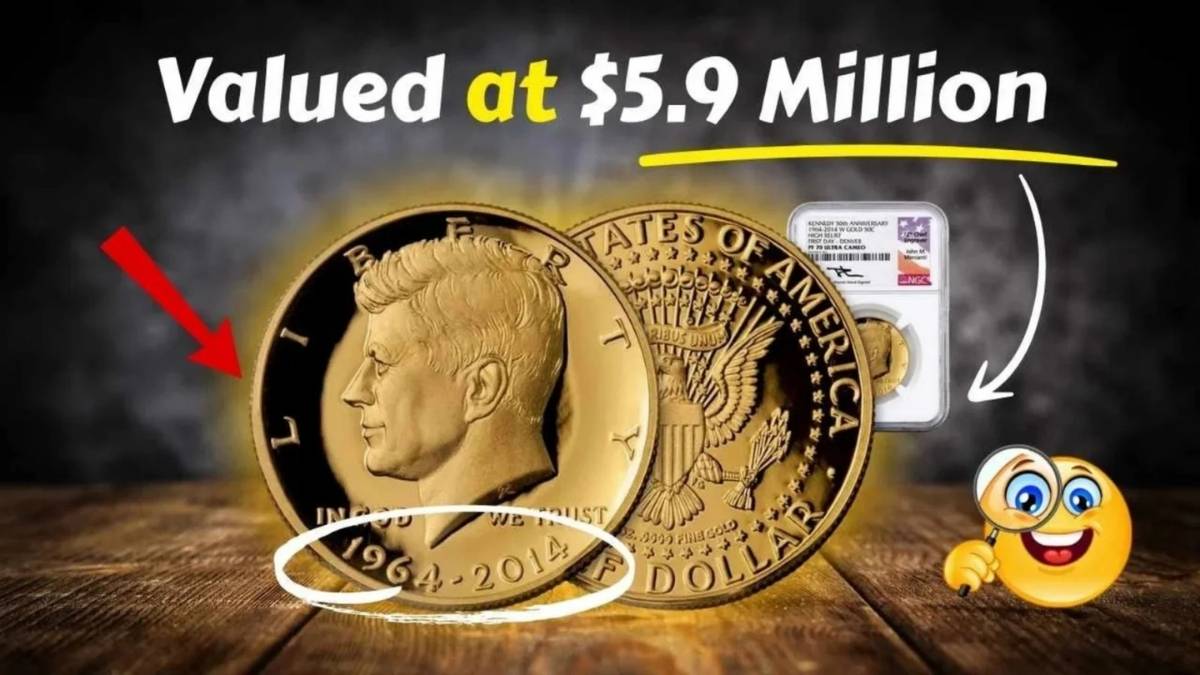If you’ve ever found a brown, well-worn penny with little wheat stalks on the back, you might have held a small piece of U.S. history in your hand. Known as the Lincoln Wheat Penny (or “Wheat Cent”), this humble coin has fascinated collectors for more than a century. Whether you’re new to coin collecting or just curious about those old pennies in your change jar, this guide will walk you through the story, design, and value of one of America’s most iconic coins.
What Is the Lincoln Wheat Penny?
The Lincoln Wheat Penny was first minted in 1909 to celebrate the 100th anniversary of Abraham Lincoln’s birth. It was the first U.S. coin to feature a real person’s portrait and who better than the 16th President himself?
The coin’s official name is the Lincoln Cent, but collectors call it the “Wheat Penny” because of the two wheat stalks on the reverse (back) side. These stalks symbolize prosperity and agricultural strength fitting for a nation growing rapidly in the early 20th century.
The Wheat Penny was produced from 1909 to 1958, after which the design changed to the Lincoln Memorial reverse in 1959.
The Design: A Tribute to Lincoln’s Legacy
When President Theodore Roosevelt decided American coinage needed a fresh, artistic look, he commissioned sculptor Victor David Brenner to design the new one-cent coin. Brenner created a dignified profile of Abraham Lincoln for the obverse (front), inspired by a photograph taken by Mathew Brady.
- Front (Obverse): Features Lincoln’s right-facing portrait, the motto “IN GOD WE TRUST” above, “LIBERTY” to the left, and the date on the right.
- Back (Reverse): Displays two wheat ears curving along the sides, framing the words “ONE CENT” and “UNITED STATES OF AMERICA.” The motto “E PLURIBUS UNUM” sits at the top.
Interestingly, Brenner’s initials “V.D.B.” appeared prominently at the bottom of some 1909 coins, sparking public criticism that they were too bold. The U.S. Mint quickly removed the initials making the 1909-S VDB Wheat Penny one of the most sought-after rarities in coin collecting.
A Coin That Survived Two World Wars
The Lincoln Wheat Penny was minted through some of America’s most defining decades World War I, the Great Depression, and World War II. Its metal composition even changed during wartime.
- 1909–1942: Mostly 95% copper, with a small amount of tin and zinc.
- 1943: The famous Steel Cent year. To save copper for ammunition, pennies were made of zinc-coated steel, giving them a silver-like appearance.
- 1944–1958: Returned to a mostly copper composition, this time using recycled shell casings from military supplies.
These wartime variations add depth to the story of the Wheat Penny and make certain years especially interesting for collectors.
How to Identify Valuable Wheat Pennies
Not every Wheat Penny is worth a fortune but some can surprise you! Here are a few key dates and features to look for when you’re sorting through your coins:
Key Dates and Mint Marks
- 1909-S VDB – The holy grail for beginners. Only 484,000 were minted in San Francisco.
- 1914-D – Another rarity from Denver.
- 1922 No D – A striking error from worn dies, missing the “D” mint mark.
- 1931-S – Low mintage during the Great Depression, making it valuable in high grades.
Condition Matters
Collectors grade Wheat Pennies on a scale from Poor (P-1) to Mint State (MS-70). Even a common date coin can be worth a few dollars if it’s shiny, well-struck, and free of damage. If you think you’ve found something special, compare it to photos online or get it appraised by a coin dealer.
Where to Find Lincoln Wheat Pennies Today
You don’t need to be a professional numismatist to start collecting Wheat Pennies. Many people still find them in:
- Pocket change – Believe it or not, Wheat Pennies still circulate occasionally.
- Coin rolls – Buy rolls of pennies from your local bank and search through them.
- Estate sales or flea markets – You can often pick up old coin jars for a few dollars.
- Online marketplaces – eBay, Etsy, and specialized coin forums offer a wide range of options (just check seller reviews first).
If you’re just starting out, try building a complete year set from 1909 to 1958. It’s an affordable and rewarding project for beginners.
Why Collect Lincoln Wheat Pennies?
There’s something special about holding a coin that’s been around for more than 100 years. For many collectors, the Lincoln Wheat Penny represents:
- American history in your hands – Each coin circulated through decades of change.
- An affordable entry point – Most Wheat Pennies cost under a dollar, making them perfect for beginners.
- The thrill of discovery – You never know when a rare mint mark or error coin might show up.
And for parents or teachers, introducing kids to Wheat Pennies is a fun, hands-on way to teach U.S. history, economics, and the art of patience.
Tips for Storing and Preserving Your Pennies
To keep your collection looking its best:
- Avoid cleaning coins – It can lower their value.
- Use coin holders or albums – These protect your coins from dirt, oils, and moisture.
- Store in a cool, dry place – Avoid basements or attics where humidity can cause corrosion.
- Label your collection – Include mint marks, years, and grades to track your progress.
Taking care of your coins not only preserves their value but also their story for generations to come.
Final Thoughts
Even though the Wheat Penny stopped production in 1958, its legacy continues. The Lincoln design remains the longest-running portrait in U.S. coinage history, still gracing the penny today.
For beginner coin collectors, the Lincoln Wheat Penny offers the perfect blend of history, accessibility, and excitement. It’s more than just an old cent it’s a snapshot of the American journey, from the early 1900s to today’s collectors’ hands.
So next time you spot those two little wheat stalks, take a closer look you might just be holding a piece of history worth cherishing.
Frequently Asked Questions (FAQs)
Q1: What years were Lincoln Wheat Pennies made?
They were minted from 1909 to 1958 before switching to the Lincoln Memorial design.
Q2: Are Wheat Pennies made of real copper?
Yes, most are 95% copper, except for the 1943 steel cents made during World War II.
Q3: What is the rarest Wheat Penny?
The 1909-S VDB Wheat Penny is one of the rarest and most valuable for collectors.




